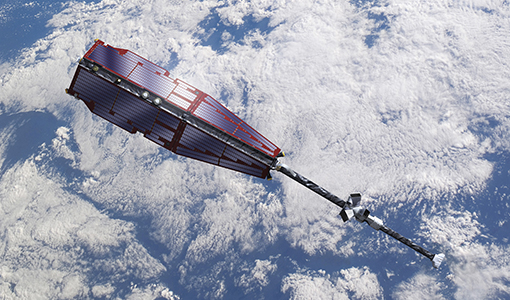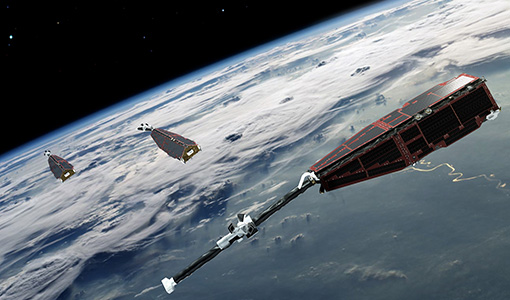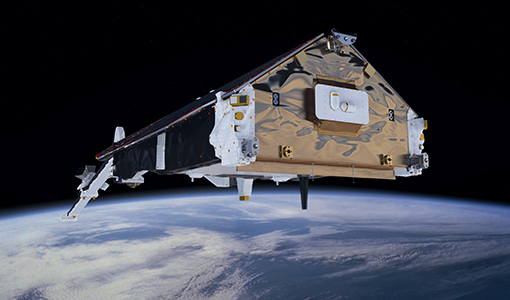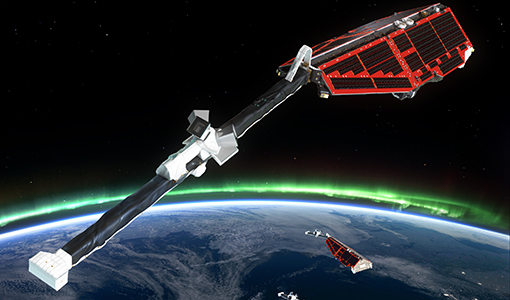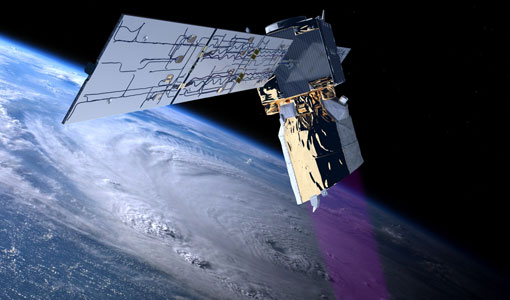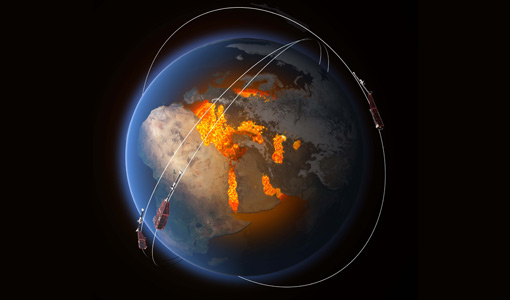- All Categories (25773)
- Data (42)
- News (161)
- Missions (9)
- Events (35)
- Tools (18)
- Activities (26)
- Campaigns (9)
- Documents (25473)
ACTIVITIES
Find the activities you need.
Activity - Projects
Swarm DISC pre-study 5.1
Understanding the complex dynamics of neutral winds in the upper atmosphere is crucial for understanding thermosphere-ionosphere interactions. However, the limited availability of measurements and data coverage has hindered the comprehensive characterization of these winds.
Activity - Projects
SWESMAG
The project SWESMAG relies on magnetic field data from Swarm to investigate Space Weather (SWE) effects related to Geomagnetic Induced Currents (GICs), driven mainly by rapid variations of the ionospheric Polar Electrojet (PEJ) currents and quantified (loosely) by the variation of the horizontal ground magnetic field component dH/dt.
Activity - Projects
Monitoring of Ionospheric Gradients At Swarm (MIGRAS)
Precision and safety of life applications using trans-ionospheric signals require key information on space weather conditions in particular on the perturbation degree of the ionosphere.
Activity - Projects
ESA's multi-level global thermosphere data products consistent with Swarm and GRACE (-FO)
In this project, the possibility of using the space-based along-track Thermospheric Neutral Density (TND) estimates for generating the European Space Agency (ESA)'s Level 3 (L3) global multi-level TND data products is assessed.
Activity - Projects
Swarm-SWITCH
Space weather in the thermosphere-ionosphere can have a variety of adverse effects on technological systems, for example by affecting radio signals and satellite orbits.
Activity - Projects
Dragon 3 Cooperation Programme
The Dragon 3 Programme focussed on the exploitation of ESA, ESA's Third Party Missions and Chinese Earth observation data for geo-science and applications development in land, ocean and atmospheric applications.
Activity - Projects
Polar Cap Products
Polar Cap Products (PCP) project will provide essential information on polar cap patches, an important element of space weather in the polar regions.
Activity - Projects
Plasmapause Related boundaries in the topside Ionosphere as derived from Swarm Measurements
In the project, Plasmapause Related boundaries in the topside Ionosphere as determined from Swarm Measurements (PRISM), the team develop products that characterise position of the plasmapause related phenomena in the topside ionosphere.
Activity - Projects
Dipolar Spherical Elementary Current Systems (DSECS) toolbox
The purpose of this project is to create a user-friendly version of a previously developed analysis method for estimating ionospheric currents at low and middle latitudes.
Activity - Projects
Contribution of Swarm data to the prompt detection of Tsunamis and other natural hazards
The main objective of COSTO (Contribution of Swarm data to the prompt detection of Tsunamis and other natural hazards) project is to better characterise, understand and discover coupling processes and interactions.
Activity - Projects
Dragon 2 Cooperation Programme
The Dragon 2 Programme focussed on the exploitation of ESA, ESA's Third Party Missions and Chinese Earth observation data for science and applications development in land, ocean and atmospheric applications.
Activity - Projects
TOLEOS
The TOLEOS (Thermosphere Observations from Low-Earth Orbiting Satellites) project will produce thermosphere mass density observations from the accelerometer measurements of the GRACE, GRACE-FO, and CHAMP satellites.
Activity - General activities
GSCB and LTDP
The Copernicus programme is based on a fleet of European Earth observation satellites, built and operated by ESA, member states and commercial entities. Copernicus will also offer data from non-European satellites.
Activity - Projects
TIRO
Topside Ionosphere Radio Observations from multiple LEO-missions (TIRO) project will provide two measurements from onboard instruments of LEO satellite missions: TEC (Total Electron Content) derived from GNSS signals, and electron density derived from KBR (K-Band Ranging) system observations.
Activity - Projects
Swarm-AuroraX
AuroraX-DISC activities is building directly on the Swarm-Aurora framework. The team will continue to evolve the metadata and summary data from the satellites and the ground-based (and ultimately space-based) imagers in response to suggestions by users.
Activity - Projects
Ionospheric signature of auroral and subauroral fast flows
The ionospheric signature of auroral and subauroral fast flows project aims to advance the understanding of narrow regions of fast flow in the auroral and subauroral regions.
Activity - Projects
Swarm Outflow
The Swarm+ Coupling High-Low Atmosphere Interactions: Ion Outflow ("Swarm+ Outflow") project, which began in May 2019, centres on using Swarm spacecraft to tackle unanswered questions around non-thermal processes that lead to ion outflow.
Activity - Quality
Swarm DISC
The Swarm DISC (Swarm Data, Innovation, and Science Cluster) is an international consortium to enhance the scientific return of the Swarm satellite mission.
Activity - Instrument characterisation and algorithm studies
ESA satellites and instruments calibration landing page
ESA satellites and instruments calibration landing page.
Activity - Projects
Swarm - Spherical Elementary Current System
The Swarm-SECS project investigated how the method of Spherical Elementary Current Systems can be applied to Swarm magnetic and electric field data in order to create new data products.
